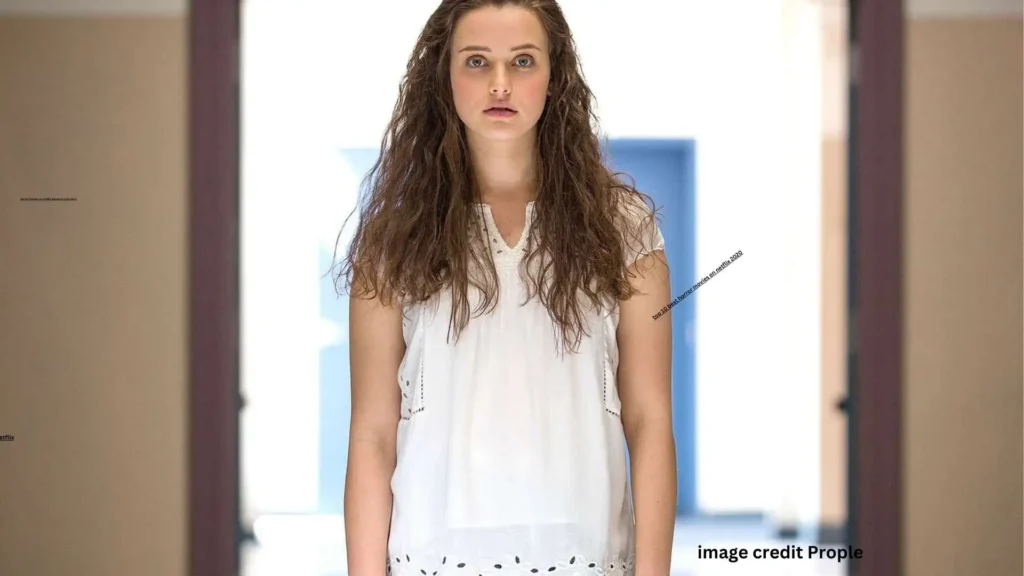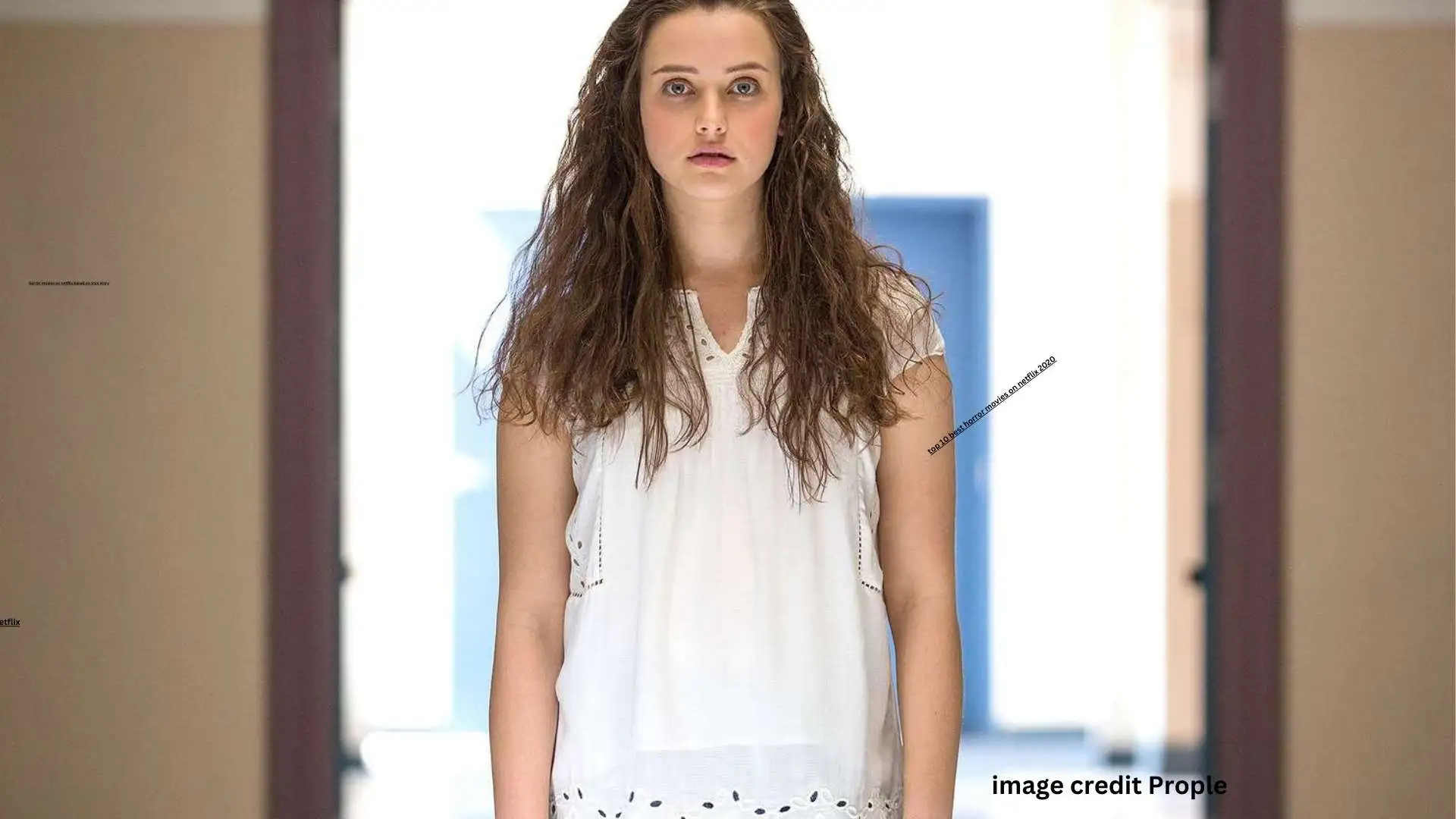The Netflix series “13 Reasons Why” has been a subject of considerable debate since its debut in 2017. Centered around the tragic story of Hannah Baker, a high school girl who takes her own life and leaves behind tapes blaming certain individuals,
Introduction
The Netflix series “13 Reasons Why” has been a subject of considerable debate since its debut in 2017. Centered around the tragic story of Hannah Baker, a high school girl who takes her own life and leaves behind tapes blaming certain individuals, the show has sparked discussions on various fronts. While some commend its honesty regarding mental health, others vehemently criticize its detailed portrayal of suicide. In this article, we delve into the controversy and dissect its impact on the big screen.
The Delicate Balance: Realism or Glorification?
The series unflinchingly tackles serious issues such as bullying, sexual assault, mental health, and suicide. Advocates argue that it provides a realistic portrayal, fostering open discussions on topics often shrouded in silence. However, detractors assert that it not only glorifies suicide but also lacks adequate support for those struggling with mental health issues. This ongoing debate sheds light on the responsibility that creators bear towards their audience.

Graphic Depiction and Mental Health Concerns
A significant point of contention revolves around the graphic depiction of the main character’s suicide, raising alarms among mental health experts. The concern is that such explicit scenes may exacerbate the struggles of vulnerable viewers. Despite the show’s intent to raise awareness about mental health and bullying, it brings to the forefront the crucial need for creators to carefully consider the potential impact of their work.
Age Appropriateness: Balancing Act for Teen Audiences
Debates about the show’s appropriateness for teenagers have intensified, given its heavy themes. Calls for stricter age ratings and explicit content warnings have emerged out of concerns about the potential harm it may inflict on young minds. The clash between artistic expression and the protection of impressionable audiences underscores the complexity of handling sensitive topics in media.
Expert Warnings and Organizational Concerns
Mental health experts and organizations have not remained silent on the matter, expressing worry about the show’s portrayal of suicide. Issuing warnings, they emphasize the critical importance of a nuanced and careful representation of such topics in media. This brings to light the ethical responsibility that creators bear in shaping narratives that can influence societal perceptions.

Divergent Opinions: Impact on Viewership
Discussions surrounding the show’s impact on viewers reveal a spectrum of opinions. While some applaud its role in raising awareness about sensitive issues, others criticize its explicit content, deeming it too intense, particularly for younger audiences. This diversity of perspectives prompts considerations about the broader impact of media consumption on societal attitudes and individual behaviors.
The Thorny Issue of Sexual Assault and Violence
Controversy also shrouds the show’s realistic depiction of sexual assault and violence. Advocates argue that it fosters awareness, shedding light on the harsh realities some individuals face. On the flip side, opponents assert that such depictions can be triggering and harmful, underscoring the responsibility filmmakers bear in considering the mental well-being of vulnerable viewers.
Tackling Tough Subjects: School Shootings and Drug Use
The series doesn’t shy away from addressing tough subjects like school shootings and drug use, adding another layer to the controversy. While it attempts to tackle these issues head-on, concerns have been raised that it may inadvertently glamorize them, diverting attention from the seriousness of the problems at hand. This further emphasizes the delicate balance creators must strike in their portrayal of sensitive content.
Schools Nationwide Express Concerns Regarding Netflix’s “13 Reasons Why”
Introduction
Educational institutions nationwide are raising alarms about the potential impact of Netflix’s controversial series, “13 Reasons Why.” This teen drama, adapted from Jay Asher’s 2007 young adult novel, has sparked intense debates and concerns within schools. In this article, we delve into the reasons behind the growing unease, exploring the show’s themes, concerns voiced by schools and mental health experts, proactive measures taken by educational institutions, and the defense put forth by the series’ author.
Insights into the Show
“13 Reasons Why” premiered on March 31, comprising 13 episodes that unfold through audio recordings by a teen named Hannah, explaining the reasons behind her decision to end her own life. The narrative weaves between the past and present, providing a poignant exploration of the factors influencing Hannah’s tragic choice.
Exploring Controversial Themes
The series tackles sensitive subjects such as sexual assault, rape, underage drinking, driving under the influence, and body shaming. Notably, it includes a graphic scene depicting Hannah’s suicide, intensifying the debates and concerns surrounding its content. The explicit portrayal of these themes has triggered widespread discussions about the potential impact on vulnerable viewers.
Concerns Voiced by Schools and Mental Health Experts
The National Association of School Psychologists (NASP) has publicly cautioned parents about exposing vulnerable youth to the series. Their concern stems from the belief that the potent storytelling may lead impressionable viewers to romanticize the characters’ choices or foster revenge fantasies. Research cited by the NASP indicates that exposure to graphic or sensationalized accounts of death could be a risk factor for youth contemplating suicide.

Proactive Measures by Schools
In response to the concerns raised, educational institutions nationwide have taken proactive measures to inform parents about the show’s content. Montclair Public Schools in New Jersey, Newton Public Schools in Massachusetts, and middle schools in the Bethesda area in Maryland are among those that have sent letters home, emphasizing the highly graphic scenes and expressing worries about students grappling with the challenging themes without proper guidance.
Professional Concerns about Unsupervised Viewing
Mental health professionals express particular concern about adolescents watching the series without adult supervision. The fear is that, lacking the opportunity to process the content and their emotions, students may face an elevated risk of self-harm. Similar concerns have prompted schools in Ohio, New York, and Canada to take parallel precautionary measures, urging parents to actively engage with their children regarding the show’s themes.

Author’s Defense of Graphic Scenes
Nic Sheff, a writer for the Netflix series, staunchly defends the inclusion of more graphic scenes. He argues that addressing these sensitive issues openly and fostering conversations about them is the best defense against potential harm. Sheff takes pride in being part of a series that encourages these crucial conversations, asserting that silence can lead to dire consequences. This defense adds another layer to the ongoing debate, with some contending that the series serves as a platform for necessary discussions.
Conclusion
.
In Conclusion
In conclusion, the widespread warnings from schools underscore the potential impact of “13 Reasons Why” on vulnerable youth. The controversy surrounding the show accentuates the necessity for careful consideration of the themes presented in media targeting younger audiences. Educational institutions are actively engaging with parents to ensure they are aware of the explicit content and to encourage open dialogues with their children about the sensitive issues raised in the series
In conclusion, the “13 Reasons Why” controversy serves as a stark reminder of the need for responsible portrayals of mental health and suicide in media. Despite its intention to address critical topics and initiate conversations, criticism persists for potentially glamorizing suicide and lacking sufficient support for mental health struggles. Looking ahead, creators must exercise utmost caution and responsibility in their storytelling, ensuring accuracy and providing meaningful support for those in need.
Why is 13 reasons why based on a true story ?
“13 Reasons Why” is not a true story; instead, it is an adaptation of Jay Asher’s 2007 novel, drawing inspiration from real situations he either experienced or heard about¹. The storyline revolves around Hannah Baker, a teenage girl who tragically takes her own life, leaving behind audiotapes for her former friends and lovers¹. While the series has received commendation for shedding light on mental health issues, it has also faced criticism for its graphic and potentially harmful portrayal of sensitive topics such as suicide and sexual assault²³. The narrative spans four seasons, each delving into different facets of the lives of the students at Liberty High⁴.
For those interested in a more in-depth exploration of the show and the intricate issues it addresses, the documentary “13 Reasons Why: Beyond the Reasons” is accessible on Netflix.
It is essential to acknowledge the potential impact of the series on vulnerable viewers. If you or someone you know is grappling with suicidal thoughts, it is strongly advised to reach out to a trusted adult . Remember, you are not alone, and there is hope. 💙.
Why was 13 reasons why criticized ?
“13 Reasons Why” attracted criticism on various fronts, which include:
- The portrayal of suicide in a graphic and potentially harmful manner, leading to concerns about triggering vulnerable viewers or potentially encouraging copycat suicides¹².
- The failure to address the significant role of mental illness in suicide, a critical risk factor for individuals who tragically take their own lives².
- The perceived glamorization of suicide as a method to seek revenge or attention, presenting it as a misguided solution to problems²³.
- The reliance on stereotypes and cliches in the depiction of characters and their issues, overlooking the intricate complexity and nuance of teenage life¹⁴.
Addressing these concerns is essential to ensure responsible content creation and to recognize the potential impact on viewers. It underscores the need for a thoughtful and nuanced approach when dealing with sensitive subjects.
